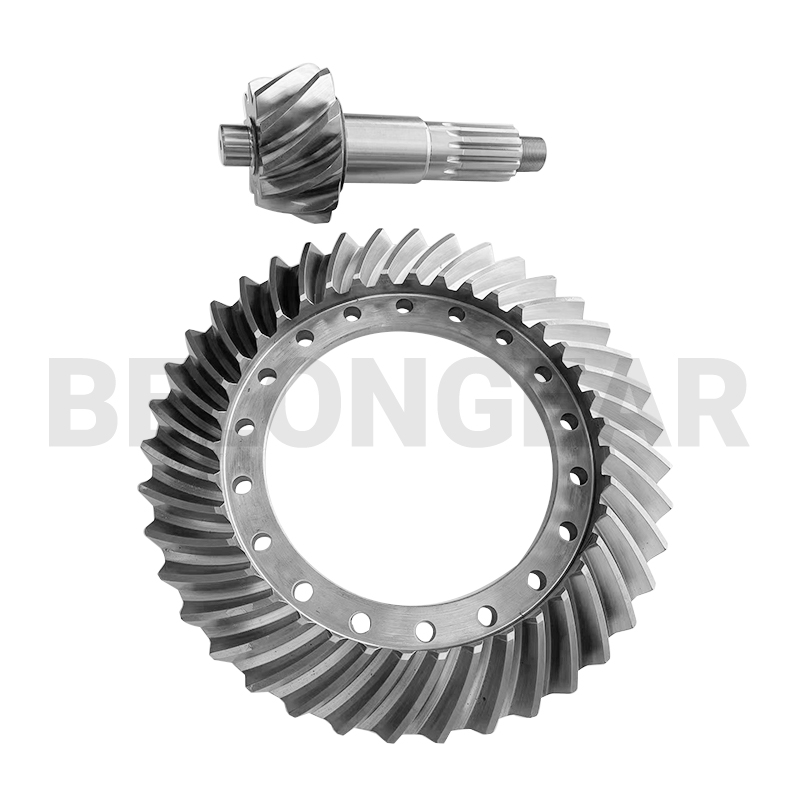
In a significant development for the field of mechanical diagnostics, a new study has demonstrated the effectiveness of combining modulation signal bispectrum (MSB) with convolutional neural networks (CNN) for the fault diagnosis of spiral bevel gears. This innovative approach promises enhanced accuracy, faster detection, and a more intelligent diagnostic system for high performance gearboxes used in aerospace, automotive, and industrial applications.
Spiral bevel gears are critical transmission components found in high torque machinery, helicopters, marine propulsion systems, and heavy duty industrial reducers. Due to their complex geometry and operational conditions, early detection of gear faults such as pitting, wear, and tooth breakage remains a technical challenge. Traditional signal processing techniques often struggle with noise interference and non linear fault characteristics.
The new method introduces a two stage fault diagnosis framework. First the vibration signals generated by the operating gear system are analyzed using modulation signal bispectrum (MSB) a higher order spectral analysis technique that effectively captures the non linear and non Gaussian features of the signal. MSB helps reveal subtle modulated fault characteristics that are typically hidden in standard frequency spectra.
Next, the processed signal data is transformed into time frequency images and fed into a convolutional neural network (CNN) a deep learning model capable of automatically extracting high level fault features and classifying gear conditions. This CNN model is trained to differentiate between healthy gears, minor faults, and severe damage across different load and speed conditions.

The experimental results, carried out on a custom designed spiral bevel gear test rig, show that the MSB CNN approach achieves over 97% classification accuracy, outperforming traditional methods such as FFT based analysis and even other deep learning techniques that rely on raw vibration data. Moreover, this hybrid model exhibits strong robustness to background noise, making it suitable for real world industrial applications.
The integration of modulation signal bispectrum with CNN not only enhances fault recognition performance but also reduces the reliance on manual feature engineering traditionally a time consuming and expertise dependent process. The method is scalable and can be applied to other rotating machinery components, such as bearings and planetary gears.
This research represents a step forward in the development of intelligent fault diagnosis systems for Industry 4.0 and the broader field of smart manufacturing. As automation and machine reliability become increasingly vital,
Post time: Jul-30-2025




